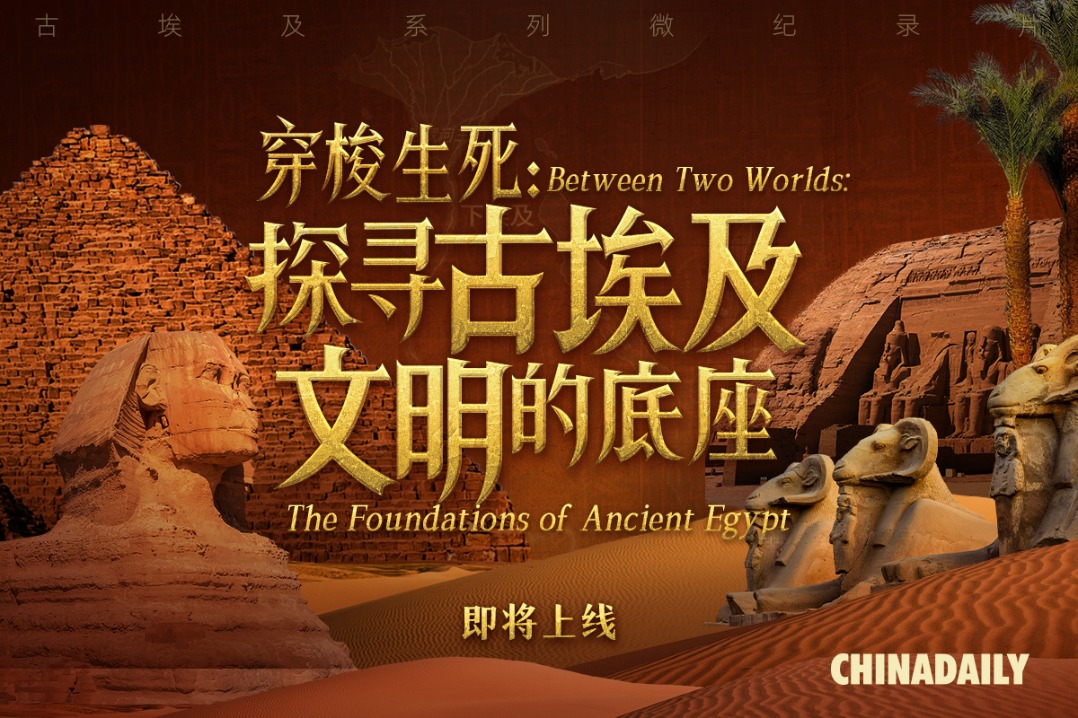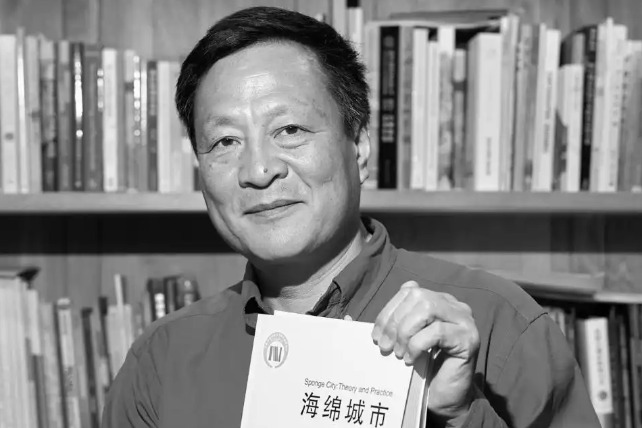These shoes are made for walking - and giving

Chinese companies could follow the footsteps of Toms Shoes in their quest to be socially responsible
The successful "one for one" business model pioneered by Toms Shoes is a perfect marriage of business and charity that could serve as the blueprint Chinese enterprises use in their pivot to embrace corporate social responsibility.
Thirty-eight-year-old Blake Mycoskie, the founder of Toms Shoes told China Daily that the biggest difference between Toms and other business institutions is "we started the business because of our giving, while some businesses have a business then do giving."
| Blake Mycoskie, the founder of Toms Shoes (fourth from the left) and Jen Loong, head of Toms China brand marketing (fifth from the left) with participants in the "One Day Without Shoes" campaign, kicked off their shoes and went barefoot, while climbing the Great Wall in May. Provided to China Daily |
Mycoskie never imagined he would one day become a shoe salesman. Born in Texas in the United States, he launched his first business, a student laundry service, at age 19. The business soon became popular on surrounding school campuses, and then he dropped out of school and founded four other companies.
However, he recalled the inspiration to launch a company that makes shoes stemmed from one of his experiences traveling around Argentina.
"About nine years ago, I was traveling on a vacation in South America, and I saw there were many children in the streets around the areas not wearing shoes. I later learned that many of these children were not allowed to go to school because shoes were a requirement to the school uniform."
While there, he met some women who were from a volunteer organization that provided shoes for children in need. He joined their team to distribute shoes, traveling from village to village.
"(I witnessed) the intense pockets of poverty just outside the bustling capital," he wrote in his book Start Something That Matters published in 2011. "I knew somewhere in the back of my mind that poor children around the world often went barefoot, but now, for the first time, I saw the real effects of being shoeless: the blisters, the sores, the infections."
The traditional approach for a charity or foundation is to raise money or get donations, and give them to the kids, but Mycoskie worried if they didn't get the right donation, the children would not get the shoes they needed.
That's where the idea for Toms was born. He got a local supplier to make an adaptation of the alpargata that many Argentines, rich and poor, wear, and returned to the United States and founded Shoes for Better Tomorrows in 2006. Toms takes its name from the first three letters 'tom' and the 's' in 'tomorrows'.
"My idea was to create a business for the purpose of helping children get shoes. So we created a for-profit company, not a charity, but every time we sold a pair of shoes, we would donate a pair of shoes to the children, 'one for one'," he explains, adding that initially he just wanted to give 250 pairs of shoes, but it worked so well.
The for-profit company currently earns an estimated $250 million in annual revenues, and extended its product range to include eyewear, providing essential eyecare for each pair of eyewear sold.
Mycoskie's philanthropy and business model earned him the 2009 Award of Corporate Excellence from then US Secretary of State Hillary Clinton.
Up to now, the company had donated more than 38 million pairs of shoes to people in need in many parts of the world, not only in Argentina, but also in Africa and Asia. The shoes are sold globally in more than 1,000 stores.
"The idea of Toms was just an idea. I had no experience in making shoes and charity." It was a very small simple idea to help one village of children, he says, emphasizing, "Everyone should continue to focus on the importance of ideas for a simple idea will create a big difference in the world."
He added: "What I learned from Toms in the past nine years is the idea of 'giving' can also be really good for business and there is nothing wrong with that."
Toms entered the Chinese market in 2014, launching stores in Beijing, Shanghai, Guangzhou, Shenzhen, Nanjing, Suzhou, Hangzhou, Shenyang and Qingdao. It plans to open a new store in other Chinese cities. The company would donate a new pair of shoes for every pair of shoes sold.
Furthermore, Toms has cooperated with five charity organizations in China, including Youchange China Social Entrepreneur Foundation, Heifer China, World Vision, Save the Children and Rural Education Action Project. It expects to donate about 600,000 shoes by the end of 2015 in China.
In 2008, Toms launched its "One Day without Shoes" campaign, which asks everyone to go barefoot. In May, the campaign was brought to China for the first time.
Hundreds of thousands of supporters in China joined. They kicked off their shoes and went barefoot, climbing the Great Wall. Participants posted their barefoot pictures and videos using social media like Sina Weibo and Wechat.
"Our business is based on not just giving shoes to children once, but continuing giving to them. The biggest thing the shoes do is to help give them self-esteem, so the children believe in themselves," Mycoskie said.
Duan Defeng, CEO of Recende, a consulting company researching cooperate social responsibility, which also cooperates with charity groups and foundations to promote the development of public welfare, told China Daily that "it is very difficult to find an enterprise in China totally like Toms. Chinese enterprises simply stick to traditional idea of doing charity work - donation, but not in combination with their main businesses, which is the biggest distinction."
Duan added that most of the Chinese enterprises, which have done well in CSR, often have a history of about 15 to 20 years. They first earned great revenue and then concerned themselves with charity, while Toms established the one-for-one business model from the very start.
Duan indicated "the 'one for one' idea has a natural advantage, namely, integrating charity into consumption behavior. People feel very convenient when they donate money during consumption. But I think Toms' success lie in the products its shoes, which is really very comfortable."
Tao Chuanjin, a professor of the School of Social Development and Public Policy at Beijing Normal University, said: "It is a global trend to introduce charity into business institutions, which is also the social responsibility an enterprise needs to undertake. However, a key point is whether the enterprises keep their promise, acting with integrity and remaining transparent."
Tao added Chinese people sometimes doubt whether the donations could be delivered to the hands of those in need, and the social trust is of great importance, so what the enterprise should do is to be honest and open, such as disclosing their financial reports to the public and being supervised by the public to dispel their doubts and worries.
"Toms is favored in China first due to its fashionable style, but not the 'one for one' idea," said Jen Loong, marketing director of Toms in China.
Chu Ying, a researcher with Tsinghua University's NGO Research Center, said the combination of charity and business model has become the mainstream model in the world.
"The combination of charity and business, as a new charity model, could mobilize more social resources at a large scale. Meanwhile it is beneficial for enterprises to control the cost."
Chu added China's charity work is still in a primitive state just donations. Although some enterprises have attempted to do by copying Toms' business model, it still takes a long time, almost 20 years, to realize the perfect combination of business and charity.
In collaboration with China Foundation for Poverty Alleviation, 361, a sneaker maker in China, has initiated the first "consumption-based" charity program in China in 2013.
For each pair of shoes designated in the program to be purchased by the consumer, the kids in impoverished regions will receive a pair of sport shoes specially designed and produced by the company, which is donated in the name of consumers. Over 60,000 children have been provided shoes.
"This is a good trial and also the development path for China's philanthropy in the future," Chu added.
fanfeifei@chinadaily.com.cn
(China Daily European Weekly 06/12/2015 page29)
Today's Top News
- Xi sends congratulations to Malawian president-elect
- Premier calls for efforts to enhance China-US ties
- Experts hail nation's new climate plan
- Cooperation promotes civilization dialogue
- China's WTO move signals confidence and strategic foresight
- Xi congratulates Mutharika on election as Malawian president






























